
In the world of microbiology, accuracy and precision are paramount. One crucial aspect of maintaining accurate results is preventing air contamination during inoculating loop procedures. Whether working with urine samples, bacterial cultures, or other materials, ensuring a sterile environment is essential. In this article, we’ll explore effective techniques to prevent air contamination and maintain the integrity of your microbiology lab work.
Understanding the Inoculating Loop Procedure:
Before delving into air contamination prevention, let’s briefly review the inoculating loop procedure. An inoculating loop, typically made of nichrome wire, is used to transfer microorganisms from one location to another, such as from a bacterial culture to a growth medium. This procedure is fundamental to various microbiology experiments and tests.
Common Sources of Air Contamination:
Air contamination occurs when unwanted microorganisms from the surrounding environment are introduced into the samples being handled. This can lead to inaccurate results and compromised experiments. Common sources of air contamination include:
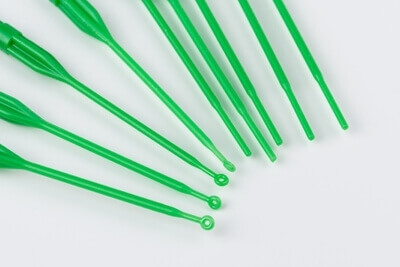
- Unfiltered Air: Laboratories are not entirely free from airborne microorganisms. Even a slight breeze or the movement of objects can introduce unwanted particles.
- Improper Technique: Inadequate training or carelessness during the inoculating loop procedure can lead to accidental contamination.
- Open Containers: Leaving petri dishes, test tubes, or sample sterile cups open for extended periods exposes them to airborne contaminants.
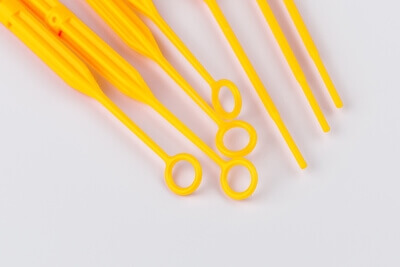
Steps to Prevent Air Contamination:
- Work in a Controlled Environment: Perform procedures in a laminar flow hood or biosafety cabinet whenever possible. These devices provide a controlled, sterile environment that minimizes the risk of air contamination.
- Proper Handwashing: Thoroughly wash and sanitize your hands before starting any procedure. This minimizes the transfer of microorganisms from your hands to the samples.
- Flame Sterilization: Heat the inoculating loop until it becomes red-hot in a flame. This kills any microorganisms present on the loop’s surface.
- Use Disposable Sterilized Inoculating Loops: by using plastic, Gamma Sterilized loops, one can ensure that the loops are free of any bacterial contamination. Miniplast offers individually packed loops, so you can open just one loop at a time, without harming the sterility of the other loops (as in the case of using pouches of 10 or 20 loops)
- Avoid Drafts: Perform procedures away from open windows, fans, or vents that could introduce airborne contaminants.
- Technique Precision: Follow proper inoculating loop techniques, such as the “flame-cool-flame” method, to prevent contamination from the loop itself.
- Use of Sterile Containers: Utilize sterile urine sample cups, collection containers, and growth mediums to further reduce contamination risk.

Importance of Sterile Technique:
Maintaining a sterile technique during inoculating loop procedures is not just about accurate results—it’s also about the safety of researchers and preventing cross-contamination. Microorganisms that escape from controlled environments can potentially pose risks to both laboratory personnel and the broader environment.
Inoculating loop procedures are at the heart of microbiology research and diagnostics. Preventing air contamination during these procedures is crucial for obtaining reliable results and ensuring the validity of experiments. By adhering to proper techniques, working in controlled environments, and using sterile containers, microbiologists can contribute to the advancement of science and our understanding of the microbial world.
Remember, a little extra effort in preventing air contamination can go a long way in enhancing the quality and credibility of your microbiology work.

 10ml measuring Cup
10ml measuring Cup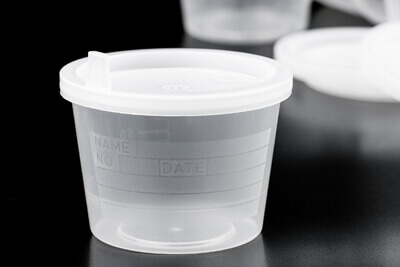 100 ml scaled Specimen Cup
100 ml scaled Specimen Cup 200 ml Sterile Specimen Cup
200 ml Sterile Specimen Cup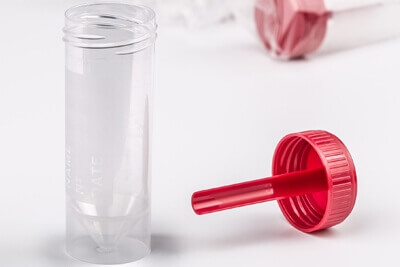 30 ml Specimen cup
30 ml Specimen cup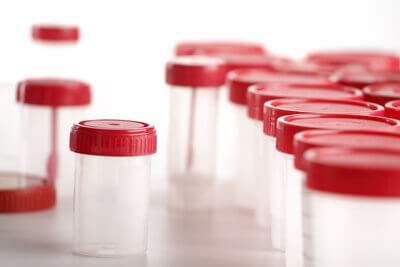 60 ml Specimen cup
60 ml Specimen cup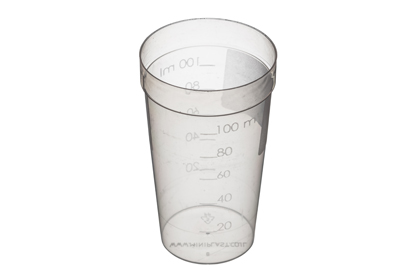 Polypropylene Titration cup 100ml
Polypropylene Titration cup 100ml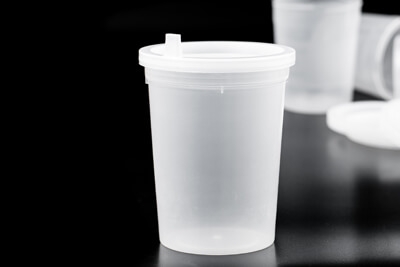 200 ml Specimen cup
200 ml Specimen cup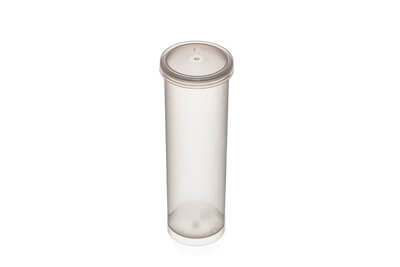 Milk test tubes
Milk test tubes 24 hour Urine Collection Containers
24 hour Urine Collection Containers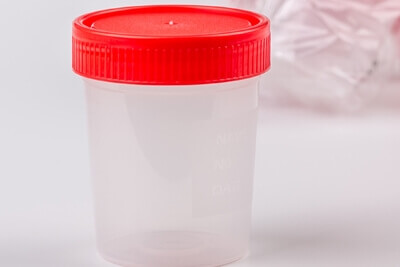 Urine Specimen Cups
Urine Specimen Cups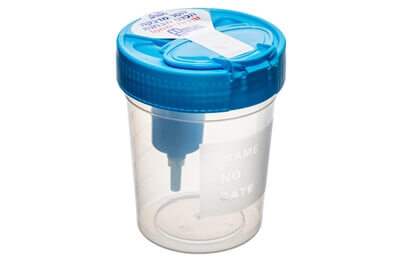 Urine Collection Cup + Cap with Two Openings
Urine Collection Cup + Cap with Two Openings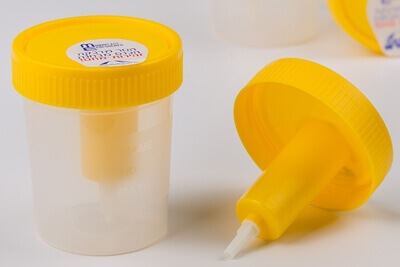 Urine Collection Container - Vacutainer
Urine Collection Container - Vacutainer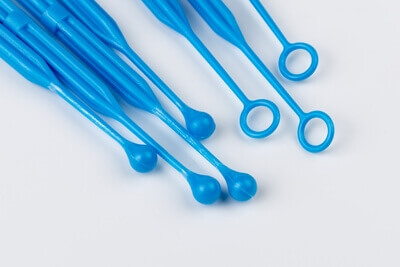 QuadLoop 10 uL & Sphere end
QuadLoop 10 uL & Sphere end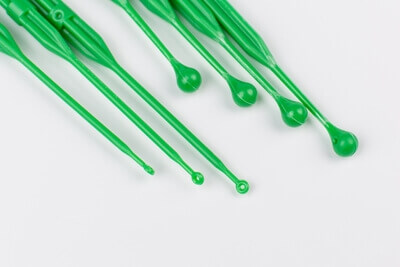 QuadLoop 1uL & Sphere end
QuadLoop 1uL & Sphere end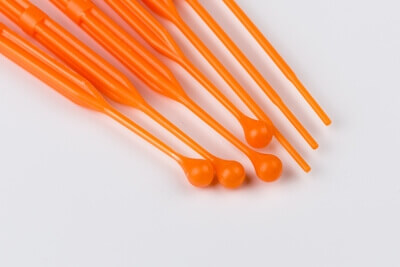 QuadLoop Needle & Sphere end
QuadLoop Needle & Sphere end Sterile Cell spreaders, Drigalski spatulas
Sterile Cell spreaders, Drigalski spatulas 15 ml Centrifuge Tubes
15 ml Centrifuge Tubes 30 ml Transparent PS Tubes
30 ml Transparent PS Tubes 50 ml Centrifuge Tubes
50 ml Centrifuge Tubes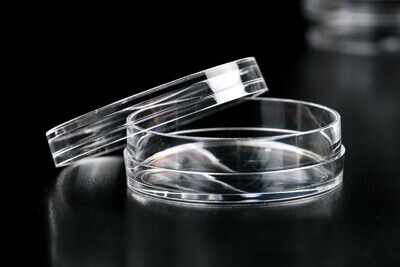 Petri dishes 50 mm (55x14.2)
Petri dishes 50 mm (55x14.2) Petri dishes PS 90 mm diameter (90X15)
Petri dishes PS 90 mm diameter (90X15)





